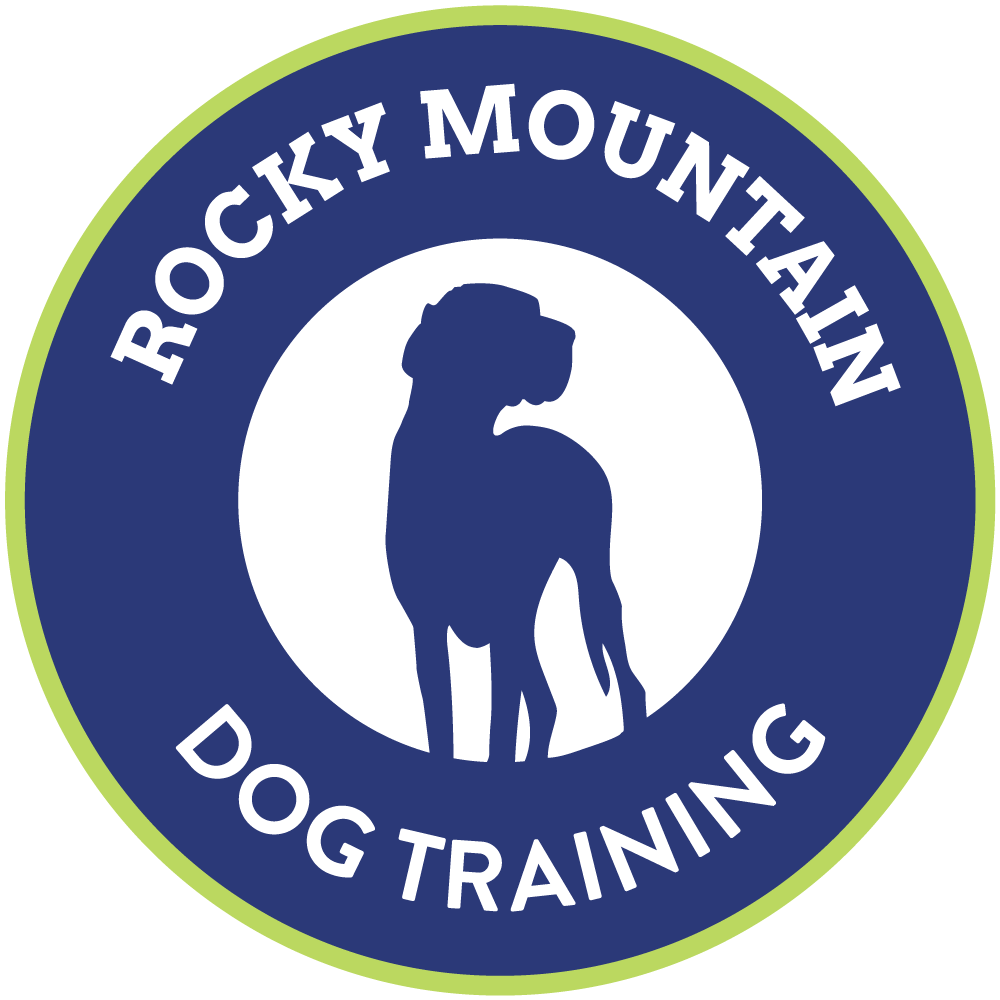When I taught group classes I almost always tried to demo with green, student dogs. I use green dogs whenever I can because from the client side, there's this idea that when we demo with our own dogs and it goes smooth as silk, it's because our dogs are "easy" or they already know everything, or, or, or... Many don't believe that they can achieve the same results with their dog and think we're selling them snake oil. While that's patently false, it's just not worth wasting valuable coaching time addressing this assumption.
Still, every trainer knows this challenge, because no matter what dog we choose to demo with, at some point someone will come along who is unsatisfied with our selection because they believe their dog is harder, atypical, headstrong, stubborn, etc. You name it, we've heard it.
I used to think this was a me issue, but now that so many classes are offered online, I encounter this plenty in the forums that support the classes I take by other skilled trainers with my own dogs. People get hung up on this to an alarming level. To a disruptive level. I've seen plenty of my colleagues accused of using "easy" breeds in their demos, or "fully trained" dogs (as if learning ever stops).
Let's discuss
- All dogs start at the beginning. None are born trained. When trainers use their own dogs online, it's simply because those are the dogs they have access to when they're filming or broadcasting to their groups. They demo the steps and concepts you need to understand to get results with your own, plain and simple.
- Sometimes it's for the emotional wellbeing of the class dogs. During in-person group classes, if a trainer uses their own dog, it can truthfully be for a number of reasons, but in general, for me, it's to avoid discomfort in a green dog. Maybe that particular group is full of dogs that aren't yet particularly comfortable working with a stranger (the trainer), or are still working on confidence with other dogs and aren't ready to work at such a level of distraction such as center stage of a group class. This doesn't mean those dogs can't do the exercise full stop, it just means that they need a less noisy environment as their starting point to the exercise. The steps aren't the issue. The environmental constraints are. This is highly relevant to foundations classes where the dogs aren't ready for high distractions, they haven't had the training yet. Remember, demos are for demoing brand new skills.
- Time. Your instructor only has an hour with you each week and this isn't the only activity for the day so they need to select a dog who is comfortable for time's sake. Efficiency is important. Sinking the entire hour demoing the same exercise over and over with each individual dog is a terrible use of everyone's time. If that's what you want, let me introduce you to private training as an option.
- Structural constraints. Exercises for groups are pieced together in a way that for each one, you have time to demo to the handlers, the handlers have time to practice with their dogs, and the instructor has time to coach each team on mechanics and goals per step. They also need to fall into a progression that in the next class the student can build off of their previously learned skills to advance skills toward the course's end goal. If we lose any part of that, it matters.
- Success is what sells. When something works well and increases efficiency, we share it. We don't have secret training plans we use exclusively with our own dogs and then pull a switcharoo on our clients with something else subpar. We are paid for results and word of mouth is our best advertising tool, so if we starve you of success, we're not going to get very far in this business.
- Your success isn't tied to one particular dog or breed, or team, it's tied to our preparation and your putting in the practice. Our plans are built before you use them and vetted for the masses long before you even step foot in our classrooms. Training plans can take a long time to make it onto your homework sheets. Training plans that make it to the masses have been tested on many a dog before you ever see them. A high quality educator won't gamble with your team's success and emotional well-being. We are in this to help you achieve your goals not to make you feel like shit because our plan is garbage. We know that not everyone wants to become a professional trainer, so our job is to package our knowledge for the objectives we're covering in a succinct way, providing insights into animal learning without overwhelming you, and helping you get your skills up to snuff. We take time to learn about successful public speaking and effective client counseling and effectively teaching. Our class scripts may seem natural to you, but often they have been rehearsed in like 50 classes prior to yours, tweaked and honed much like a public speaker or a stand up comedian would hone their material.
How can I give you the most information without causing information overload? How can I hold your attention? How can I make this critical point in a way you will never forget it? How can I trim this script down to allow for more time coaching you? These are all thoughts I revisit over and over again in my process.
- What's realistic? Training plans need to be written in a way that all the teams (dog and handler) in the class can get to the end goal for that class with reasonable effort. We don't expect you to train two hours a day between classes, so we need a good understanding of how much homework is feasible each week for a busy household. What can be accomplished in a couple 10 minute sessions a few days a week?
- Class Prerequisites and Parameters Are Intentional. The trainer will establish the parameters of a student profile including prerequisites and parameters for that group with success in mind. They will also post the class objectives in a frank overview. It it your responsibility to read and understand these before purchase. If you have questions, we would love it if you'd ask us. Please do not blindside us with things out of scope. We can usually help you with them, but not in that setting.
-
Common scenarios:
- Trying to sneak in an adult dog into puppy classes
- In foundations classes, registering a dog with extreme fear or aggression towards other dogs or people. It's a huge liability. Little kids attend these classes! Come on.
- If the class is billed specifically to work on dog:dog leash reactivity, it's not also for dogs who have a bite history to humans.
Pop Quiz:
- Is a group setting in a space-restrictive training building a nightmare for a dog that's scared of the other beings in the classroom? Yep.
- Do any beings function optimally under duress? Nope.
-
Is a dog who is scared to be alone going to thrive in a program where they might need to be crated alone? No.
Parameters are set by the objectives of the service offering. Everyone doing their part and following these guidelines is important.
There's so much work that goes into a good class and a good demo that the client isn't privy to. A well-run class is a thing of beauty. It may look easy, but I assure you, many revisions and countless hours went into it prior.
So getting back to my initial point, does the demo dog matter?
No. At least not to you. The differences you see between you and your dogs, and us and our dogs is that we've had more practice at our mechanics. Shouldn't we if we're teaching you? It would be absolutely ridiculous if we sucked at it. On the flip side, understand that you're the one learning new skills so give yourself time to get better at them. If you had the same skills we did, you wouldn't need us.
Surprise! You're our student!
Group classes are for the people side. It is critical that in a group setting, we have time to coach you on your skills, we have time to counsel you on expectations for the week, and we have time to build your confidence, because as a DIYer, you also need to know what you're doing right so you don't lose those pieces! We can't coach you until you've had time to practice, and you can't practice if we're going tit for tat on if the demo dog was too easy for me, a professional. I already have the skills! I need to get them transferred to you.
Group classes aren't actual dog training.
Group classes are for DIYers. We teach the human to get all the working parts to line up for success, educate on understanding in the relationship, communication between species, and provide troubleshooting techniques. When your dog responds to your cues, it's simply a side effect of that.
If you want me to train your dog, I would love to talk to you about our Puppy Day School program.
To close this out, what am I looking for when I select a demo dog? How do I go about making my choice?
It's a pretty straightforward list I run through in my head:
- Can I keep this dog reasonably focused on me in the middle of a group of other dogs with the reinforcers I have available?
- Is it likely I can demo both the progression of steps and what to if we hit a snag so students know how to adjust criteria? I don't want to demo with an absolute ace because if it goes perfectly, I can't show you what to do if you hit a bump, and you will at some point.
- Are there any handlers that the mechanics of this exercise might be particularly challenging for (such as arthritis, or thinning skin with a shark of a puppy) that would benefit from us front loading the skills during the demo so it's easier for them to achieve success when they try it?
- Are there any handlers that seem frustrated or stressed with their own dog right now? Can I give them a break by taking their dogs up front so they can bring their nervous system back toward baseline where learning will be easier for them?
That's it! Demo dogs demystified!

